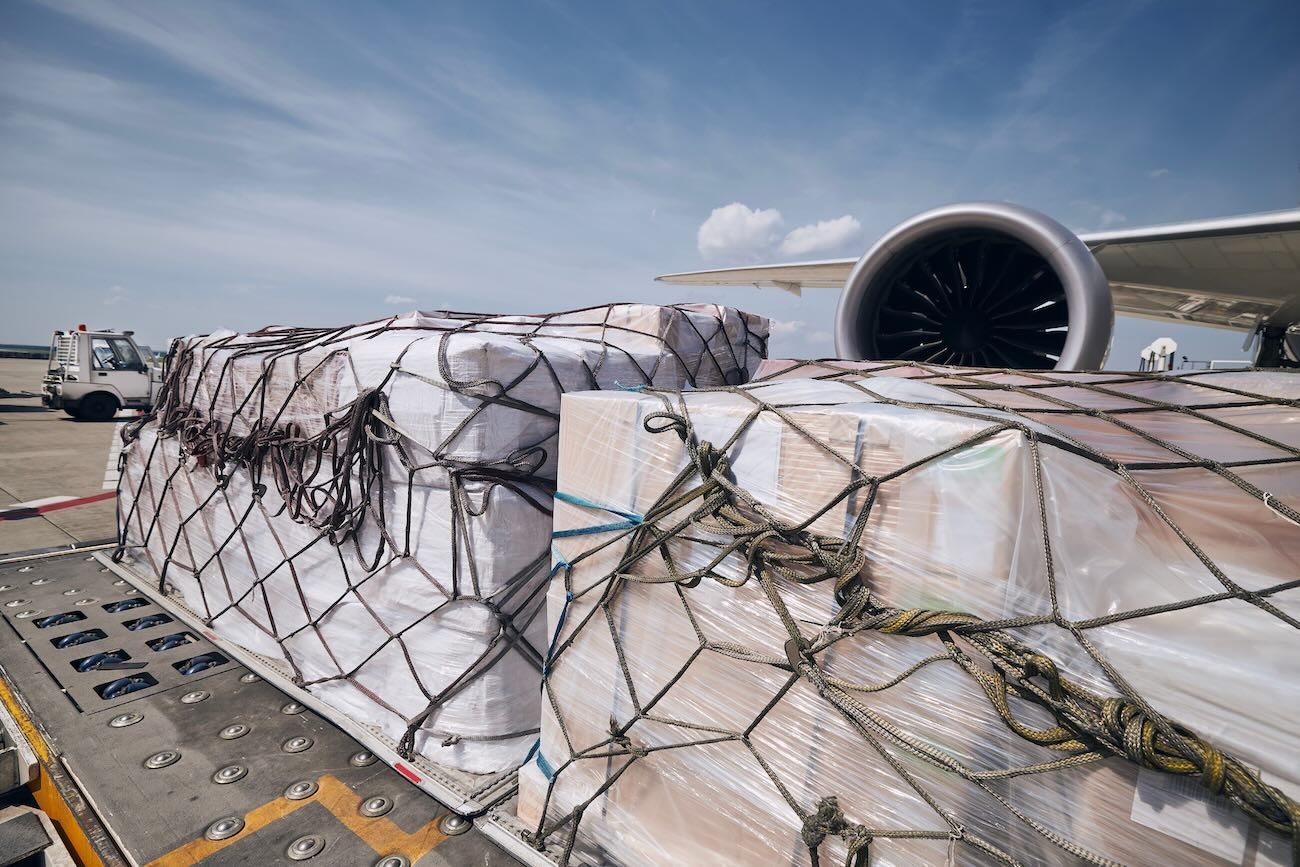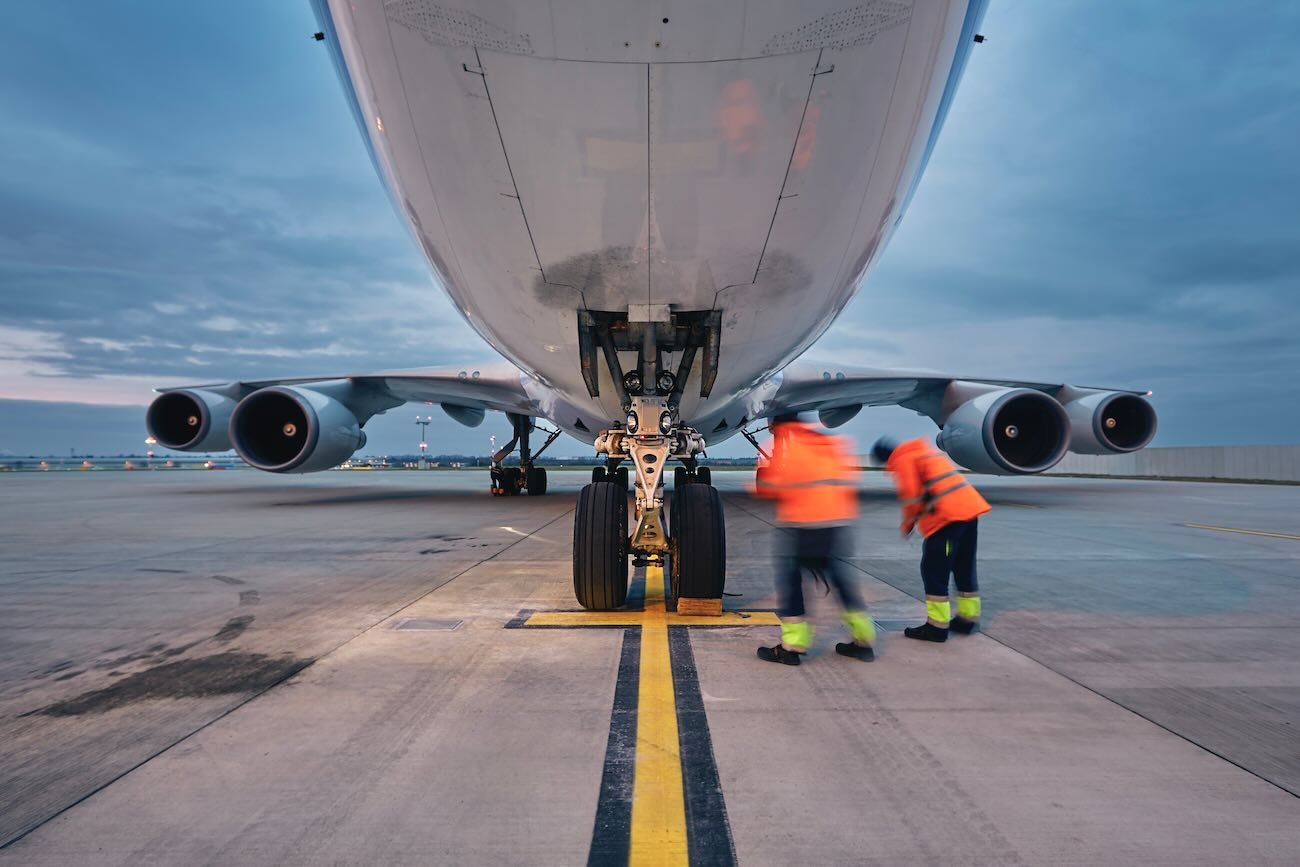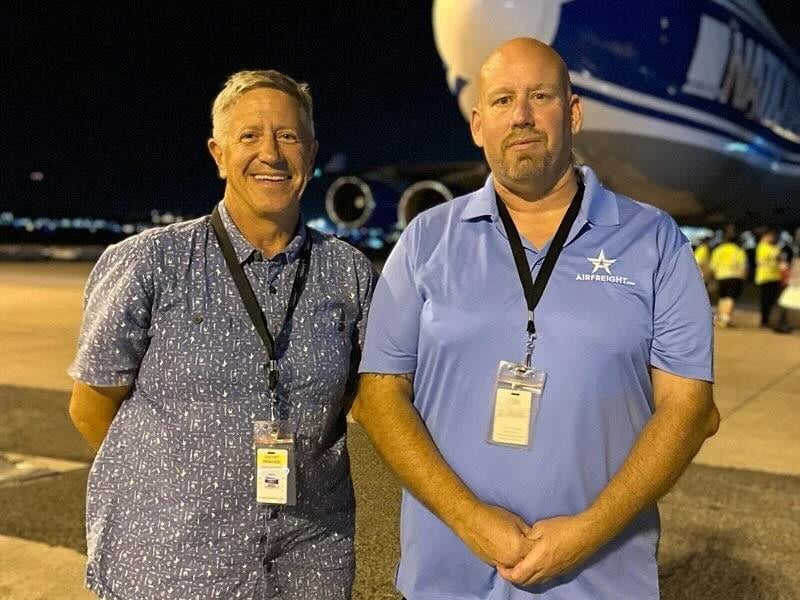A door-to-door air cargo service handles the entire journey of your shipment – from pickup at the shipper’s door to delivery at the consignee’s door – by combining air freight with ground transportation. The key benefit is convenience and simplicity: you work with one provider who manages trucking to the airport, the flight, customs clearance, and final delivery, saving you the effort of coordinating multiple carriers. It also improves speed and control, since the logistics company can optimize each leg and provide end-to-end tracking updates.
Door-to-door service is especially useful for U.S. shippers because it ensures smooth hand-offs (for example, arranging pickup from your warehouse and delivery to a customer’s facility) under a single point of contact. Additionally, such services often include assistance with documentation and customs, reducing the risk of delays. In short, door-to-door air cargo service offers a streamlined, full-service solution that lets businesses focus on their operations while the logistics provider handles the complex transit process.












